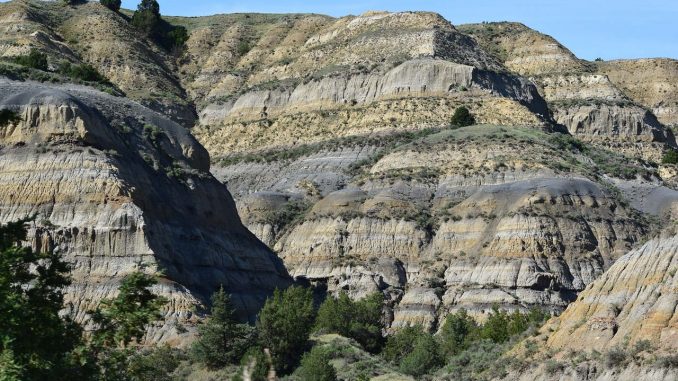
Habitats of North Dakota is a non-profit organization that conducts research and studies in the state of North Dakota. It aims to answer questions concerning wildlife species, habitats, management plans of wildlife management and wildlife refuge management.
The Department of Natural Resources of North Dakota (DNR) is responsible for protecting and managing the environment of the state and its wildlife. The department’s mission statement states “to protect the natural resources of the state and manage the wildlife within those resources to facilitate the conservation of the species and the values of the environment.” In addition, the department also serves as the guardian of the Prairie Band of Ojibwe that resides in North Dakota.
In order to meet this mission, DNR incorporates many other aspects in its study of the environment. These other areas of study include national parks, recreation, hunting, game management, fish and wildlife conservation, conservation programs, fisheries law, and federal air quality. It also conducts research related to geology, hydrology, climate, water resources, and other environmental factors.
Habitats of North Dakota conducts field work and surveys, with a particular focus on the state’s wildlife resources. These surveys and field work include including area photography, video, aerial photography, and wildlife genetics, wildlife biology, wildlife ecology, wildlife physiology, ecological/ecological theory, and cultural and traditional resource knowledge. In addition, the organization conducts analyses for major projects such as animal populations and land use planning.
Wildlife biology refers to the study of mammals, birds, reptiles, amphibians, fishes, and invertebrates. It includes the study of population patterns, mating, breeding, and death of animals, their movement, and dispersal. Wildlife ecology refers to the study of animals in their natural environments and habitats, behavior, migration, and ecology.
Game management and fish and wildlife conservation are among the duties of the state’s DNR. The department offers training programs for wildlife managers in order to ensure that they are able to effectively manage wildlife populations and habitats. In addition, the department offers conservation education and volunteer opportunities for people interested in helping wildlife.
In fact, some programs in DNR allow individuals and communities to come up with their own wildlife management plans. Some of these plans may include creating private wildlife preserves, collecting permits to trap and relocate wildlife, implementing wildlife education programs, and more. These initiatives promote awareness, research, and conservation efforts on behalf of the state and its native and migratory species.
The department’s wildlife management program, the State Management Plan (SMP), is intended to determine the best way to improve wildlife habitats. Through this plan, the agency seeks to enhance the economic viability of the state’s natural resources through legislation, regulation, and use of ecosystem services.
One of the main responsibilities of the agency is to protect the environment. As such, the agency works to ensure that all types of natural resources are adequately protected.
In fact, the agency also strives to protect the lives of all animals by providing leadership in important public policies, ensuring that the state has access to the best possible natural resources and advocating for human and animal health and safety. In addition, the department coordinates with other agencies to preserve the best species and habitats available to the state’s wildlife.
